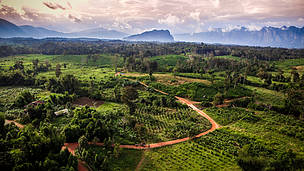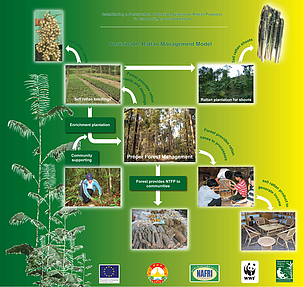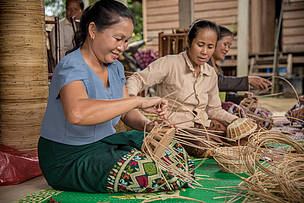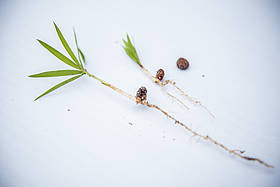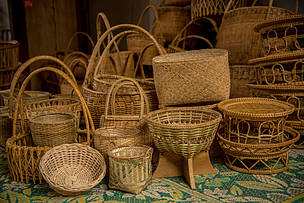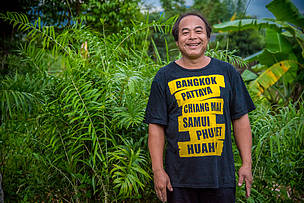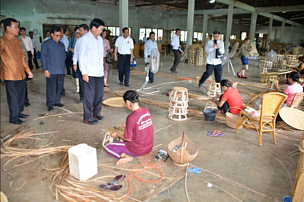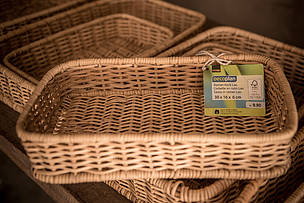WWF’s sustainable rattan project operates in Bolikhamxay, Xekong and Saravan provinces. The objective of the project in Laos – which also runs in Cambodia and Vietnam – is to secure credible forest certification, establish a more sustainable rattan production supply chain, and develop sustainable financing for small and medium sized enterprises to invest in it.
Rattan is a naturally renewable palm that has multiple uses, such as for furniture, handicrafts and building material. However, the way rattan is harvested and processed needs to improve in order to secure the supply in the long term.
As part of this project, communities and companies are working with WWF to implement a viable and sustainable forest management model. This means that villages can earn income from the harvesting, splitting and weaving of rattan for sale on international markets.
Specifically, WWF is developing forest management plans with communities, training pre-processors and traders on clean production, building business links, and promoting Forest Stewardship Council (FSC) and Fair Trade certification of forests and products.
This rattan management project is also hoped to become a model for the development of other sustainable supply chains in Laos, such as bamboo and tea.
Some huge successes have already emerged from the project. Since 2008, over 5,500 ha of forest are now FSC certified and 28 villages in the three provinces have directly benefitted from the sale of rattan products.

